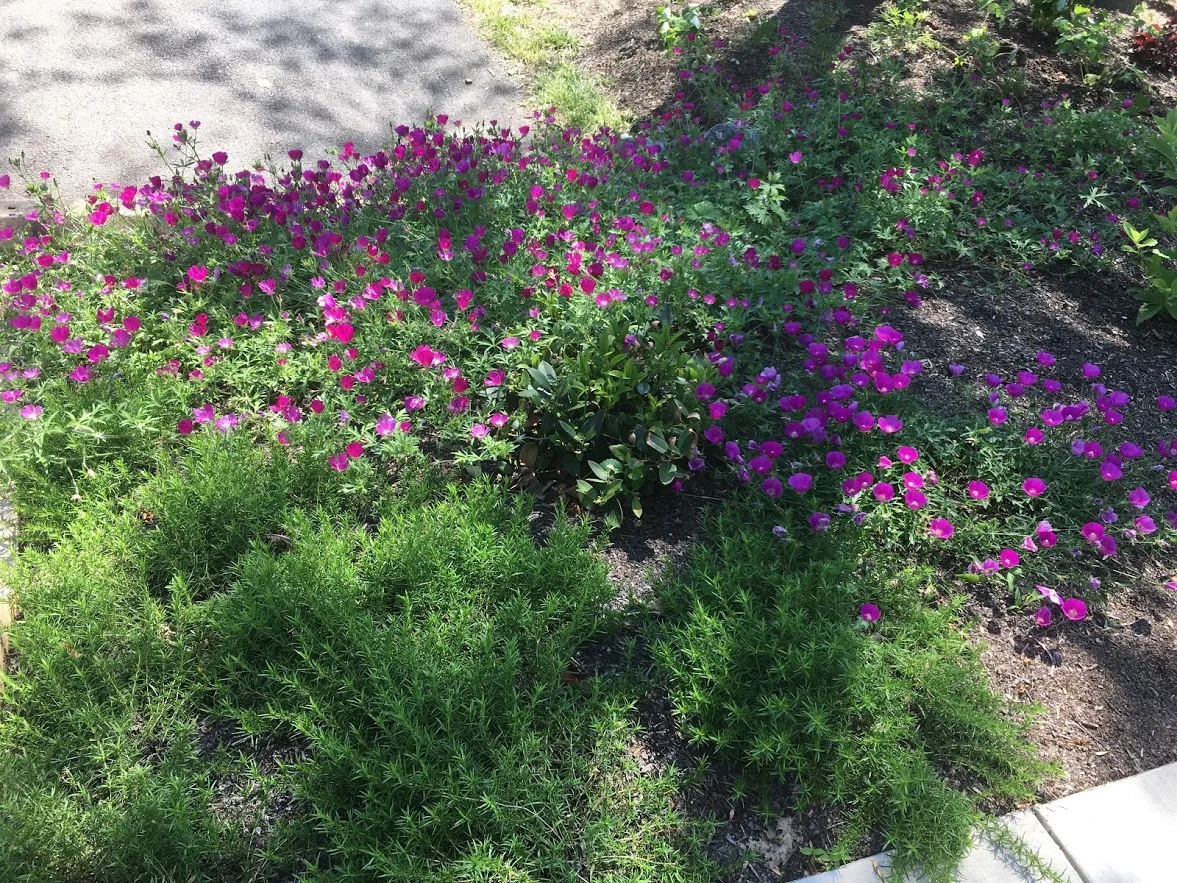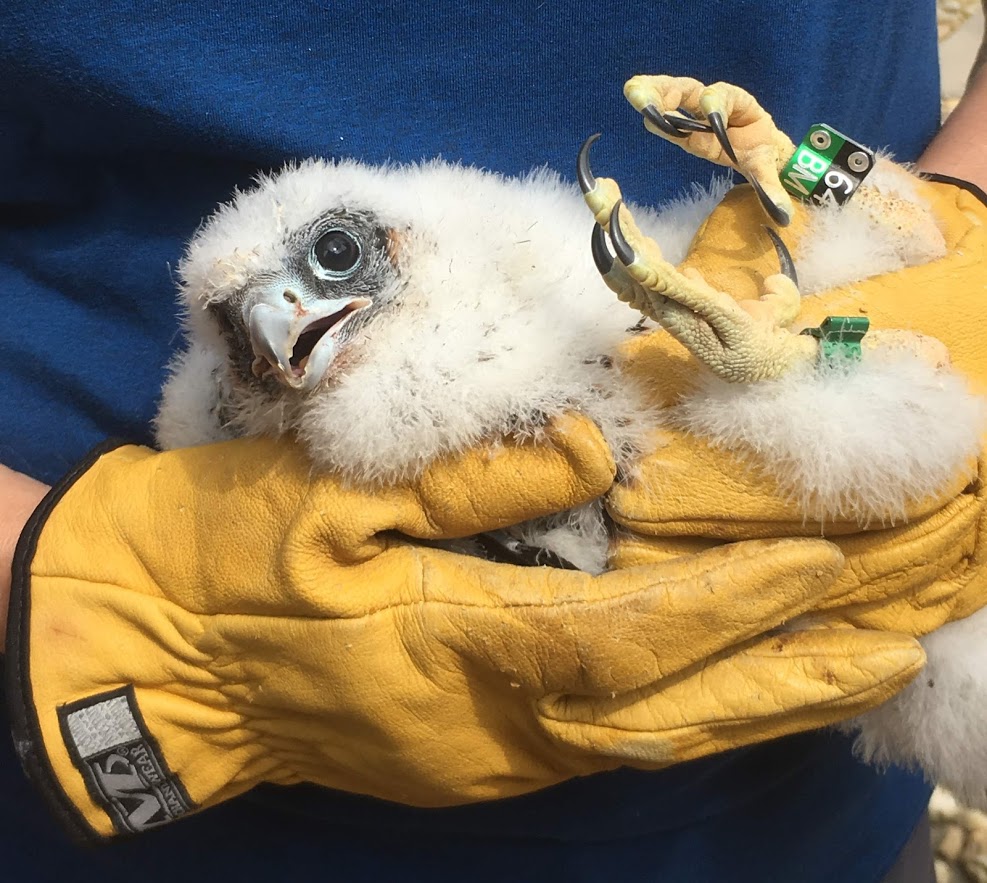A session on “Planting Hope: Engaging Faith-based Communities in Plants for Birds,” engaged a full room at the July National Audubon Convention in Milwaukee.
Blowing Smoke for a Prize-winning Shot
Bird of the Month: Brown-headed Cowbird
Brown-headed Cowbirds love cows. True to their name, they can often be found alongside herds of cattle or horses, eating insects that much larger animals flush from the grass. Historically, Brown-headed Cowbirds followed bison herds across the Great Plains, but the spread of livestock farming has expanded their range across North America.
Bald Eagles Down in the Dumps?
Audubon At Home Certification
The Audubon at Home program is happy to announce that the Reston Association's Central Services Facility (CSF) has achieved certification as a Wildlife Sanctuary. The site includes a native plant garden that serves as a demonstration site to educate Metro developers on how native plants can be integrated into areas near Metro stations.
Recovery of the Peregrine Falcon – A Conservation Success Story
In July, 2015, two Peregrine Falcon chicks were found on Market Street in Reston Town Center (RTC). They were taken to the Raptor Conservancy of Virginia and safely released into the wild. No one realized Peregrine Falcons nested in Reston but the chicks prompted a discovery that two adult peregrines were nesting in RTC.
Bird of the Month: Northern Mockingbird
Bird of the Month: The “Sparred” Owl
The Spotted Owl just can’t get a break. Endemic to old-growth forests in the Pacific North west, the endangered owl’s population was already declining due to deforestation, but now they have been forced to accommodate an inconsiderate guest: Barred Owls. Native to the eastern half of North America, the Barred Owl’s territory has been expanding westward since the turn of the last century.
Bird of the Month: Gynandromorphic Birds
This past February, a very unusual Northern Cardinal was spotted in Erie, Pennsylvania. Its right side is brilliantly red, while its left side is a modest brown, with both sides perfectly split down the middle. The reason for the color split is remarkable; the left side is biologically female, while the right side is biologically male. Genetically, the two halves are as closely related as brother and sister.
Bird of the Month: Turkey Vulture
Turkey vultures, also known as turkey buzzards, are a common sight throughout the state of Virginia. As one of the most widespread birds in the western hemisphere, their range extends west to California and south to the tip of South America. Turkey vultures are often seen gliding on thermals, buoyed by a wingspan that can reach up to seven feet.










